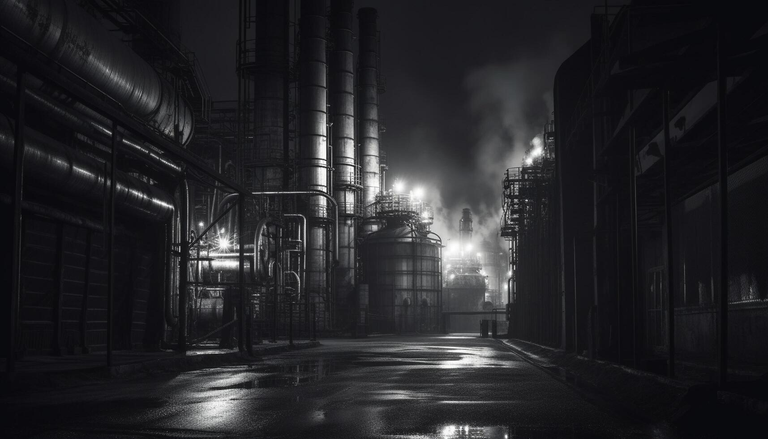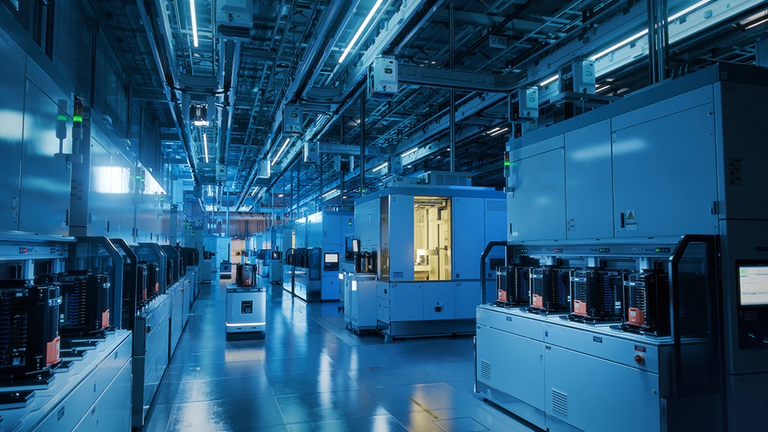
China's industrial landscape is undergoing a significant transformation with the advent of "dark factories"—fully automated manufacturing facilities that operate without human intervention. These factories run 24/7, often without the need for lighting, as no human workers are present, leading to increased efficiency and reduced operational costs.

The Concept of Dark Factories
A dark factory is a facility where manufacturing processes are entirely automated, eliminating the need for human labor on-site. This level of automation allows the factory to operate continuously without breaks, optimizing production and minimizing errors. The term "dark" signifies that these factories can function without lighting, as machines do not require light to operate.
China's Pioneering Steps
China has been at the forefront of adopting dark factory models. A notable example is Xiaomi's smart factory in Yizhuang, Beijing, completed in 2019. This facility was an early adopter of automation in production, playing a crucial role in the development and production of Xiaomi’s first book-style foldable phone, the Xiaomi Mix Fold. The experience gained from the Yizhuang factory has informed and enhanced the capabilities of subsequent facilities, such as the Changping factory.
Advantages of Dark Factories
Increased Efficiency: Automation allows for continuous production without human-related interruptions, leading to higher output.
Cost Reduction: Eliminating human labor reduces labor costs and associated expenses, such as lighting and climate control.
Precision and Quality: Machines can perform tasks with high precision, reducing errors and enhancing product quality.
Challenges and Considerations
While dark factories offer numerous benefits, they also present challenges:
Employment Impact: The reduction in human labor raises concerns about job displacement and unemployment.
Initial Investment: Setting up a fully automated facility requires significant upfront capital.
Technical Limitations: Not all manufacturing processes can be fully automated, and some still require human oversight.
Global Implications
The rise of dark factories in China signals a shift in global manufacturing trends. As more companies adopt automation, there could be a redefinition of labor markets and economic structures worldwide. Countries may need to adapt by investing in technology and retraining programs to prepare the workforce for new types of jobs.

Conclusion
China's embrace of dark factories represents a significant leap toward the future of manufacturing. While the benefits of increased efficiency and reduced costs are clear, it is essential to address the accompanying challenges to ensure a balanced and equitable transition to this new industrial era.